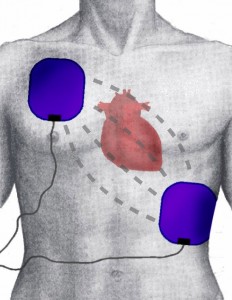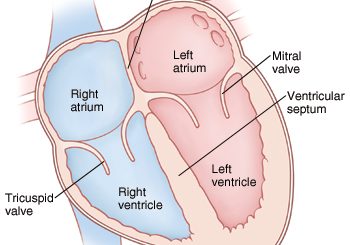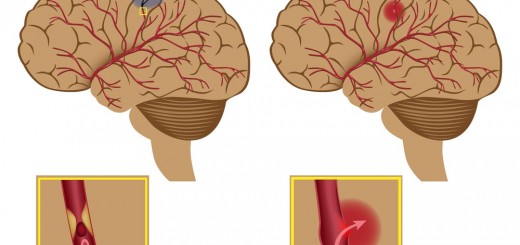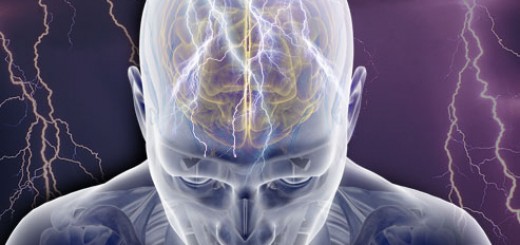How does an AED know when to shock?

Modern defibrillators are fully automated can be used by people with no formal medical training. The chance of an AED delivering a shock to a patient who is ‘alive’ is very low indeed.
Automated External Defibrillators are becoming more common in public places and even at home.
An AED is applied to the casualty using two chest pads. These pads are placed as shown in the diagram.
The chest pads allow the machine to deliver an electrical shock through the heart muscle.
They also act as ‘sensors’ and allow the machine to record and interpret the electrical activity of the heart.
If the machine senses electrical activity which indicates the person has a heartbeat, it will not deliver a shock. AEDs therefore are very safe as they will not deliver a shock unless needed.
Defibrillation works by stopping chaotic electrical activity in the heart. The most common abnormal rhythm which causes cardiac arrest is known as Ventricular Fibrillation (VF). An electrical shock can stop VF and allow the heart to restore its natural rhythm.
There are many causes of Ventricular Fibrillation. The most common cause is Ischemic Heart Disease (IHD) which is a general term covering disease caused by ‘clogging up’ of the coronary arteries.
Want to learn more about defibrillation? Sign up to our FREE online defibrillator training course





